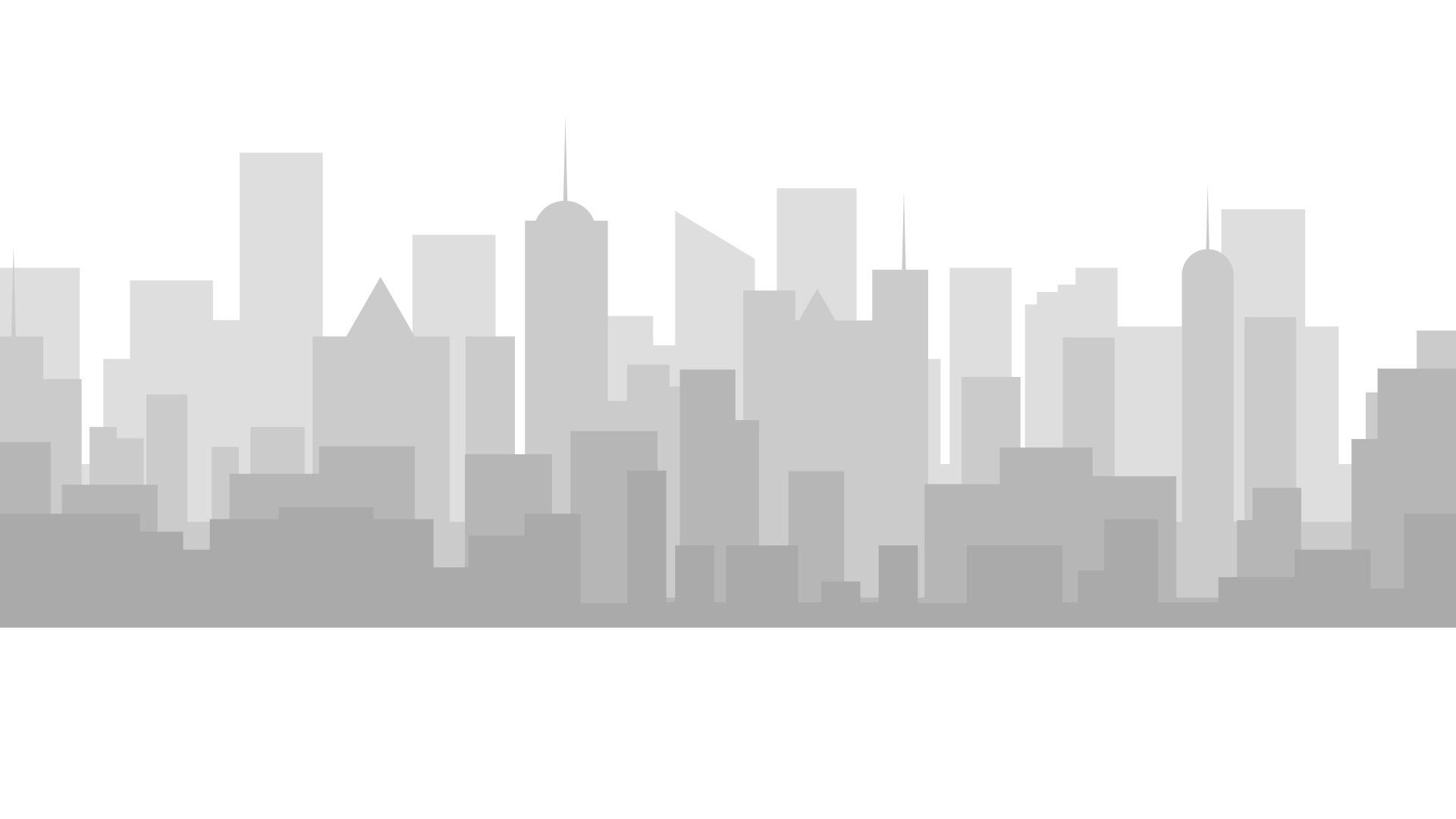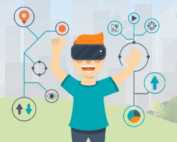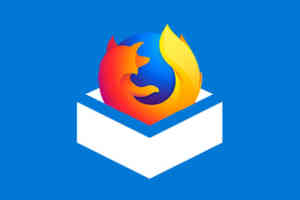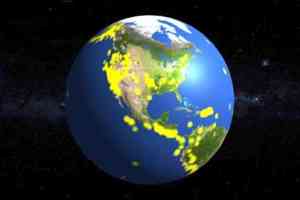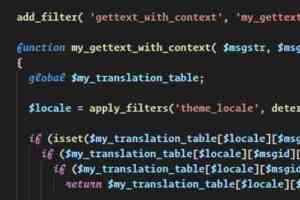Augmented Reality with Chrome: Let Flowers Grow!
With Chrome 81 Beta for Android, it’s now possible to use immersive Augmented Reality in the browser. I have again created two variations of the original demo source code to show what is easily possible. You can now walk around the earth, having a closer look, and (hopefully) spread joy by placing flowers wherever you like.
A minimal Web Push example
Web push notifications allow users to opt-in to asynchronous messages from a server to a web application. The message can be sent at any time, even when the web application or the web browser is inactive. This W3C standard, based on the HTTP/2 protocol, is now supported by Chrome, Firefox, Edge, Opera, and Safari – but not by iOS.
An Alexa skill for New York City transport service changes
Playing around with the idea of Alexa Skills based on live data feeds, I created an Alexa Skill which announces unplanned service changes of the New York City subway and bus lines, based on information provided by the Metropolitan Transportation Authority (MTA). This skill, available in English and German, was now certified and has gone live.
A CSS hack to show page element layouts
Today I stumbled over an interesting blog post by Gajus Kuizinas. The idea is to inject a CSS style snippet into a web page to show the layout of all web page elements. This can be achieved by setting a different translucent background color for every depth of nodes. This way you can see the size, the margin and the padding of each element on the page.
Safe Browsing with the Windows Sandbox
The Windows May 2019 update brought the new Sandbox feature. It can be used as a safe browsing environment without the risk of affecting the base Windows installation with malware of any kind. We will create a host installation of a Web browser with a persistent configuration, which is mirrored into the virtualized environment of the Sandbox whenever needed.
A 3D visualization of real-time earthquake data
This is a 3D visualization of real-time earthquake data gathered from the U.S. Geological Survey website. The data used in this example covers all earthquakes with a magnitude of at least 1 within the last 30 days. They are drawn into a template texture image file of the Earth’s surface according to the geographical position and the magnitude of the quake.
Windows 10 now supports raw image previews
The Windows 10 May 2019 Update now supports raw image previews and showing metadata in the Photos app or Windows File Explorer by installing the "Raw Image Extension" app from the Microsoft Store.
Windows 10: Changing Hyper-V support at boot time
If you want to use Docker under Windows and the new Windows Sandbox feature, you have to enable Hyper-V support. The problem is: You cannot run VMware Workstation or VirtualBox and Hyper-V at the same time. This can easily be fixed by creating two boot configurations, where one has Hyper-V enabled and one has not.
Changing labels in WordPress with the gettext filter
An easy way to change labels and strings in WordPress is to use a gettext filter. This post shows the different filter functions, their purpose, and how to implement a filter callback in the file functions.php to change labels and strings in themes, plugins, and widgets using a table of string replacements, even for different languages.


